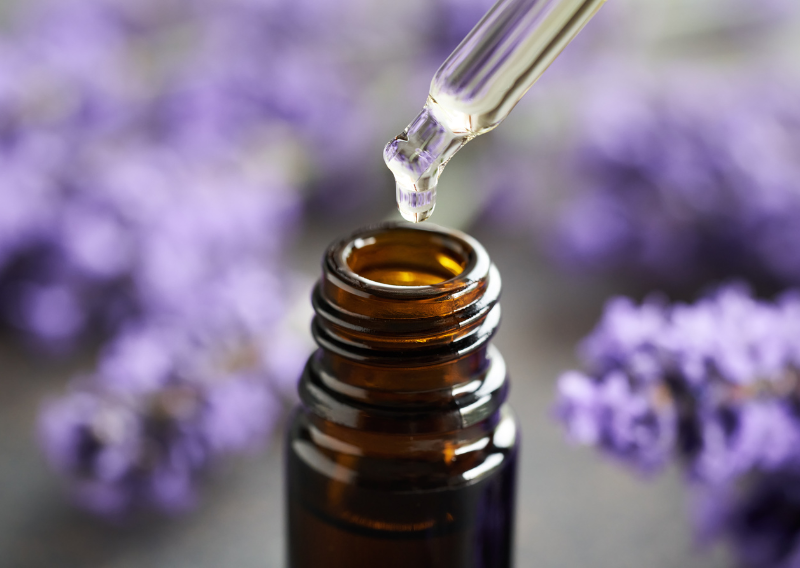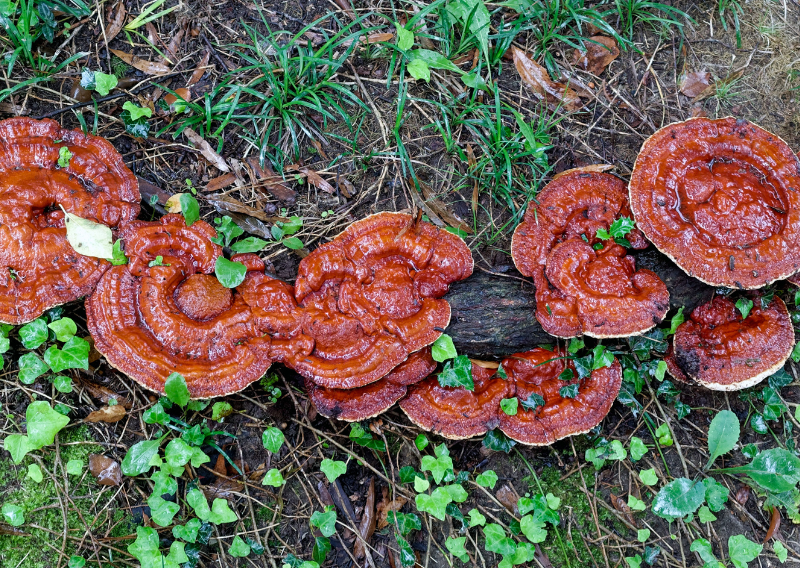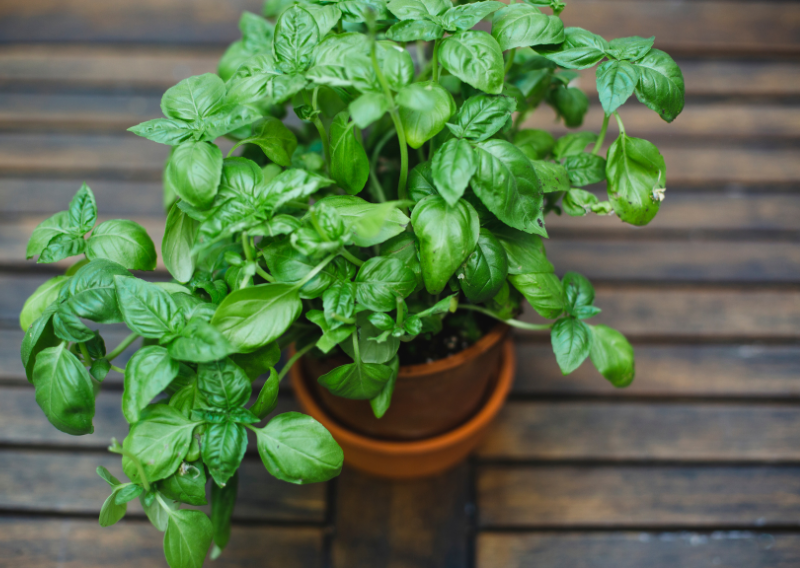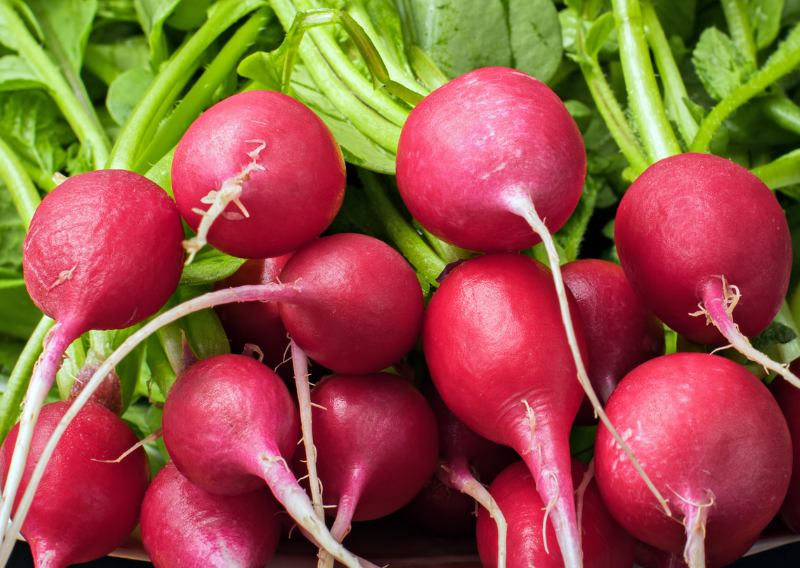
How To Make Your Own Medicinal Oil Using Lavender: Easy and Simple Steps
If you’re also like me and love the comfort and smell that infused oils bring, you’ll love what I’m about to share with you. I saw this great tip about making my own oil from @deannacat3, and I tried it straight away. It could be done with many different flowers, and it will have different benefits depending on the flower!
In my case, I prefer lavender. Lavender is a great plant, and we love it so much. When you enter the gate of our garden, you’ll immediately see and smell the lavender. Throughout the year, we are planting different varieties, and we have a massive of them. We harvested so much last year that we’ve managed to do lavender as salt, dried bouquets to keep in the bedroom (it helps with sleeping), tea, small bags to put inside the wardrobe (it gives the room and the clothes a very nice fragrance), and of course a medicinal oil.
In this blog, let’s talk about infused lavender oil, its benefits, and how to make your own.


Why Make Your Own Lavender Oil?
By doing your own, you control the quality and ensure a chemical-free product straight from your garden to your bottle. Plus, it’s a delightful way to extend your gardening experience beyond the growing season, preserving the essence of summer blooms for year-round use.
Health Benefits of Medicinal Oil
Infused Lavender Oil Relieves Stress and Anxiety:
Lavender’s soothing scent has been scientifically proven to reduce stress and anxiety levels, promoting relaxation and better sleep quality.
Aids in Pain Relief:
When applied topically, lavender oil can help relieve headaches, muscle aches, and joint pains- thanks to its anti-inflammatory properties.
Promotes Skin Health:
Its antimicrobial and antioxidant characteristics make lavender oil a natural remedy for various skin conditions, including acne, eczema, and minor burns.
Supports Respiratory Health:
Inhaling lavender oil vapors can help relieve respiratory issues like colds, coughs, and sinus congestion, making it a go-to during the cold season.
Enhances Mood and Cognitive Function:
The aroma of lavender oil has mood-boosting effects, enhancing cognitive function and promoting a sense of well-being.
How To Create Your Own Medicinal Oil Infused Lavender Oil
You would need 1-2 cups of dried organic lavender flowers. 1 bottle of your favorite organic oil and 1 glass jar. Optional: you can also mix a few chamomile flowers dehydrated for 24 hours at low temperatures.
- Hang dry or dehydrate lavender at low temperature. Once fully dry, separate the lavender buds from the stem.
- Fill a glass container at least ¾ full of dried lavender flowers or buds.
- Pour your organic oil of choice over the dry lavender, filling the container enough to cover the flowers.
- Place the jar in a sunny warm location to infuse for at least one week, or up to 3 weeks. Shake once in a while as the flowers might float to the top.
- After 3 weeks, strain the lavender flowers and reserve the oil. (I use a cheesecloth so I can squeeze every drop.)
- Transfer the oil to amber glass bottles with a dropper to preserve it and use it when needed.
Lavender is great and it’s our personal favorite. I suggest that you also plant them in your garden because it’s a super cool plant to have around. They have a beautiful color and different shades, and the aroma when you enter the garden is all over the place. Plus the fact that you can use them in so many ways is amazing. So, why not plant lavenders and try this medicinal oil-infused lavender oil at home?
Happy growing!






















